12 Practical Examples of Linux Grep Command
Have you ever been confronted with the task of looking for a particular string or pattern in a file, yet have no idea where to start looking? Well then, here is the grep command to…
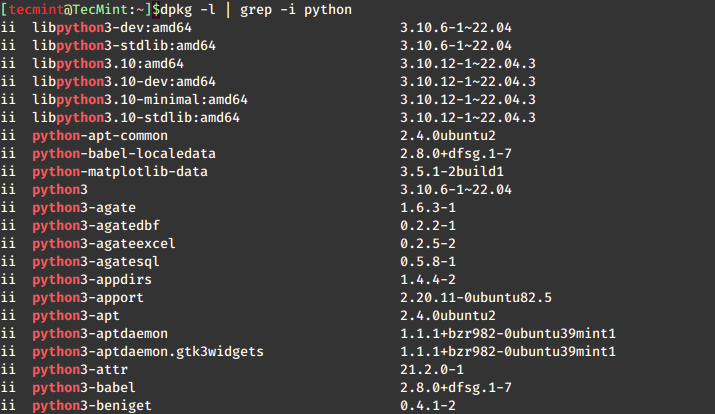
Have you ever been confronted with the task of looking for a particular string or pattern in a file, yet have no idea where to start looking? Well then, here is the grep command to…

Systems Administrators are well aware of the importance of being able to monitor and administer numerous machines in a short amount of time, preferably with minimal physical movement. Whether it’s a small cloud environment or…
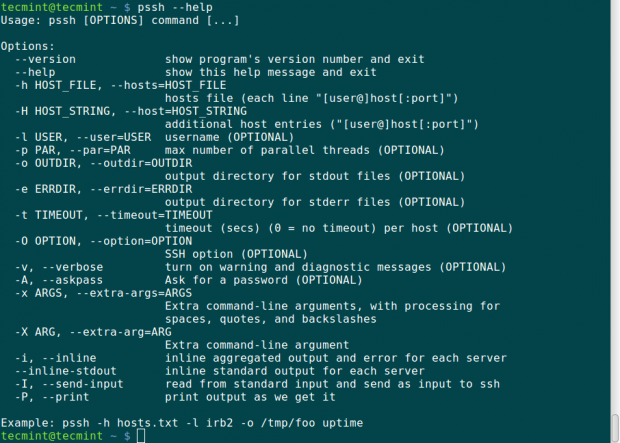
No doubt, that OpenSSH is one of the most widely used and powerful tools available for Linux, which allows you to connect securely to remote Linux systems via a shell and allows you to transfer…
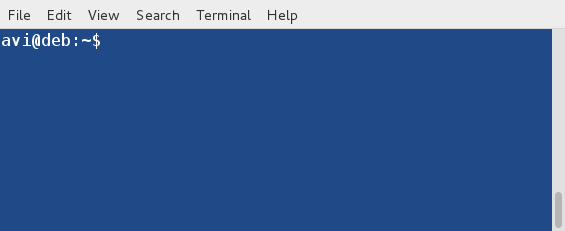
The Friendly Interactive Shell which is commonly called and abbreviated as FISH is a shell for UNIX and UNIX-like operating systems. It is released under GNU General Public License v2. FISH is a user-friendly, interactive…
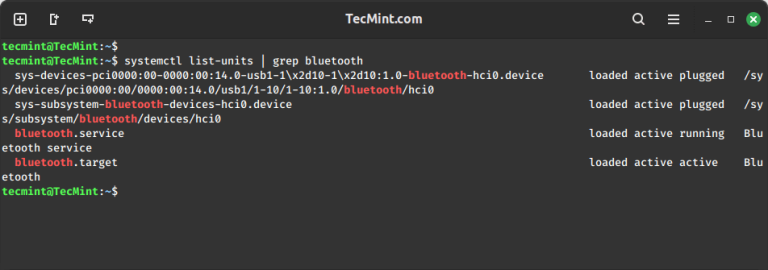
In the Linux world, users like to customize their systems for better performance and security. One way to do this is by tweaking the startup process, which can get slowed down by unnecessary services. Bluetooth…
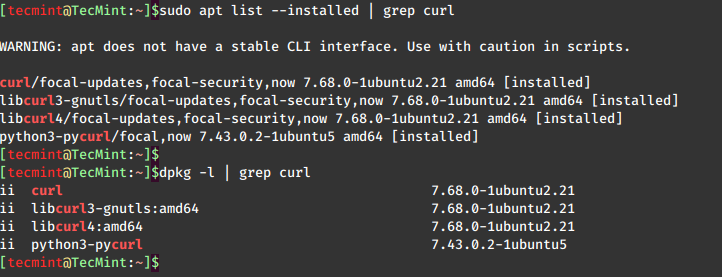
In Linux, software package management plays a crucial role in the seamless operation of a system that involves the installation, upgrading, configuration, and removal of software packages. A package manager is a software tool that…
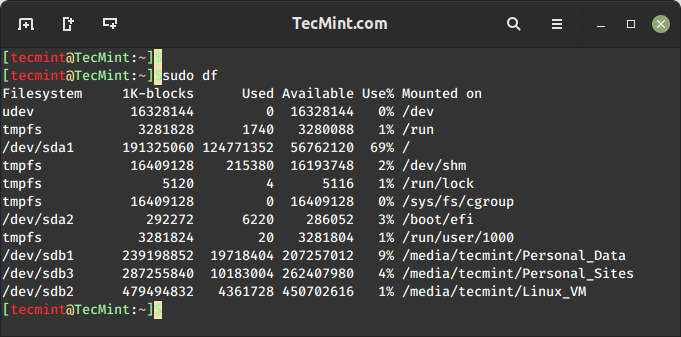
On the internet, you will find plenty of tools for checking disk space usage in Linux. However, Linux has a strong built-in utility called ‘df‘. The ‘df‘ command stands for “disk filesystem“, it is used…
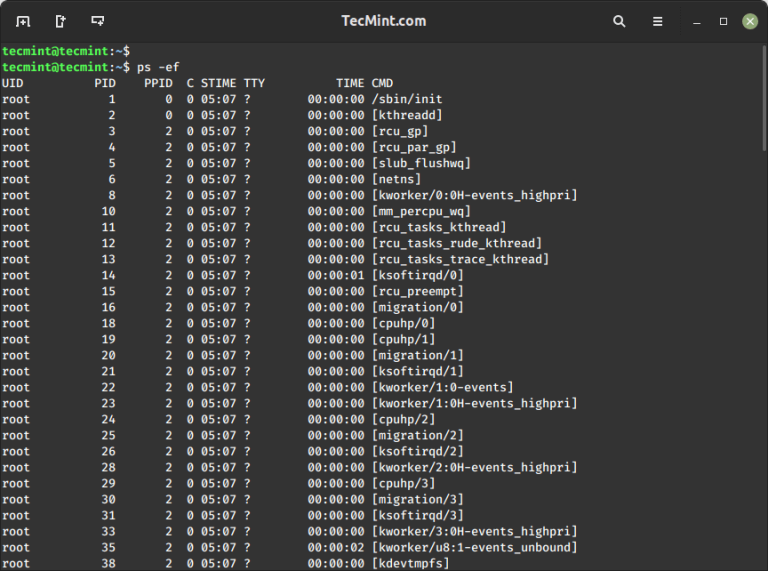
In Linux, killing a process refers to terminating or stopping the execution of a running program. Each running process is assigned a unique identifier number known as the Process ID (PID), which helps the system…

The shell, or command-line interface, is a crucial component of the Linux operating system, providing users with a powerful way to interact with the system. Each user on a Linux system is associated with a…

Rsync (Remote Sync) is the most commonly used command for copying and synchronizing files and directories remotely as well as locally in Linux/Unix systems. With the help of the rsync command, you can copy and…

Like any other operating system, GNU/Linux has implemented memory management efficiently and even more than that. However, if any process is eating away your memory and you want to clear it, Linux provides a way…

We are all aware of the most popular commands called ‘useradd‘ or ‘adduser‘ in Linux. There are times when a Linux System Administrator is asked to create user accounts on Linux with specific properties, limitations,…
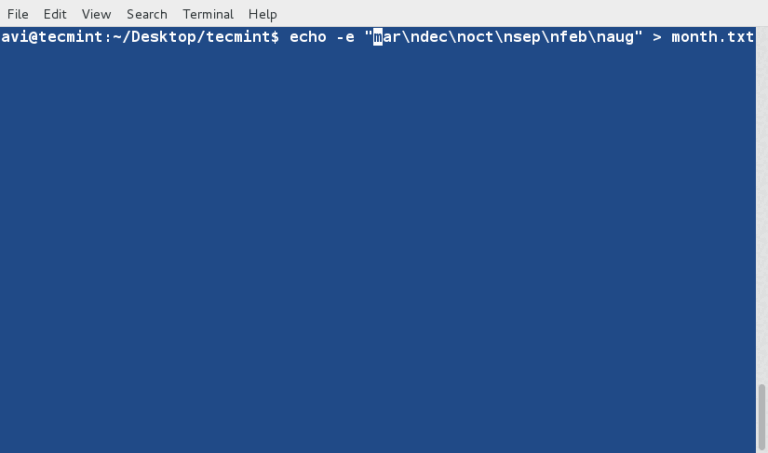
In our last article, we covered various examples of the ‘sort‘ command. If you missed it, you can catch up by following the link below. In this post, we will continue from where we left…
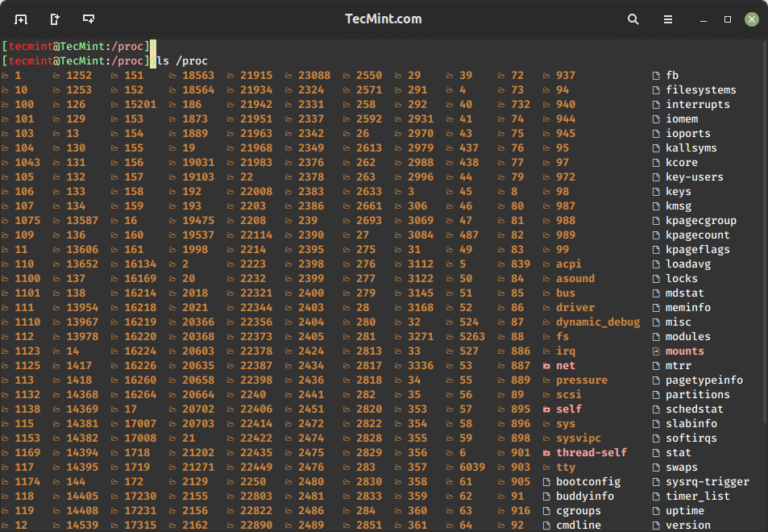
Today, we will delve into the contents of the /proc directory to develop a better understanding of its functionalities. It’s important to note that the /proc directory is a common feature across all Linux distributions,…
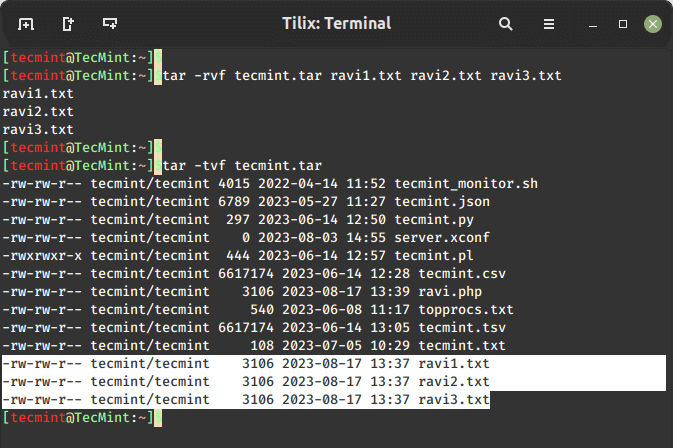
In the realm of file archiving and compression, the tar command stands as a versatile tool for creating, managing, and manipulating archives in Linux systems. In this article, we will delve into the process of…